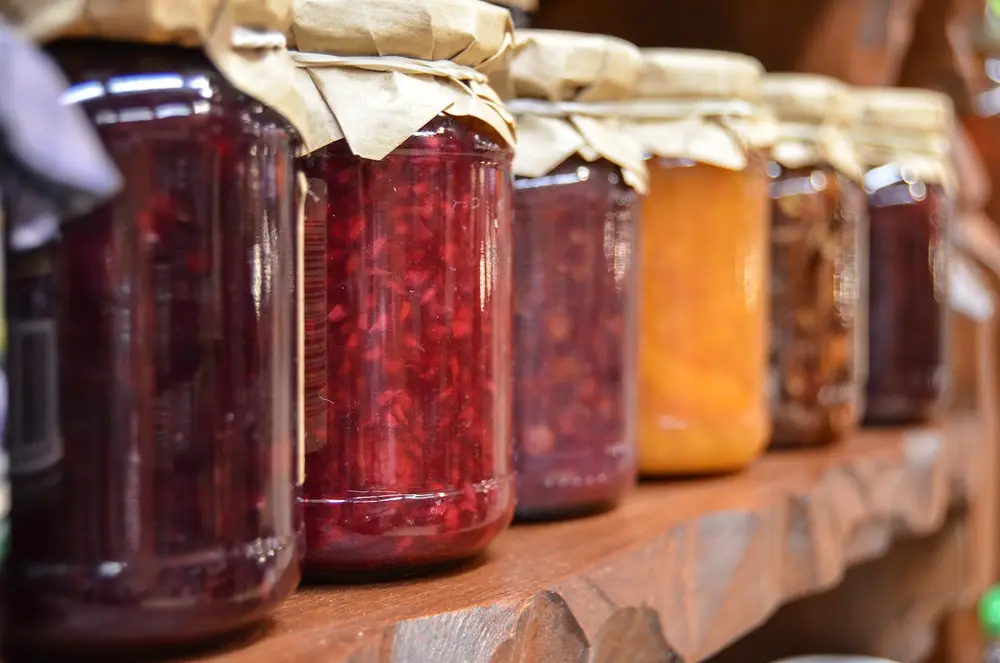A food product’s integrity is crucial to provide customers with an amazing experience. Oils separate, components deteriorate, and some foodstuffs may even change shape as they lose their basic structure over time. Thus, manufacturers rely on food stabilizers to guarantee that food products remain of the greatest quality possible while transported to the client. These ingredients, which can be found in refrigerators and cabinets throughout the country and enhance the shelf life of many goods, are widely available. Stabilizers, gelling agents, and thickeners are permitted direct food additives extracted mostly from natural sources and added to foods to give stability, assembly, viscosity, and other properties, including maintaining current color.
What Is a Food Stabilizer?
Stabilizers are essential components of food products and are regarded as food additives. Emulsifiers and stabilizers make it easier for components like fat and water to mix, which wouldn’t ordinarily do so. Stabilizers are frequently used to enhance viscosity, creamy consistency, mouthfeel, product structural stability, and water-binding ability. Food grade stabilizers are substances used to extend the shelf life of food products by shielding them from microbial attacks. Stabilizers are compounds that can maintain, retain, or intensify a food’s natural color, as well as substances that boost a food’s ability to bind, allowing food fragments to connect to reconstituted food.
These chemicals, which can be created artificially or naturally, function at the particle level to preserve and purposefully change a product’s viscosity. Pectin, lecithin, and carrageenan are a few typical types of food stabilizers. Many stabilizers are easily included in food products because they mimic other popular powders and liquids. A food stabilizer is a substance incorporated into food products to assist preserve or improve their original physical, chemical, and textural qualities. They make things far more palatable to consumers while also serving the functional aim of preservation.
What Food Products Use Food Stabilizers?
A food stabilizer’s main purpose is to keep the oil and water from separating. If you’ve ever had to stir a salad dressing vigorously, you’ve probably experienced firsthand what oil and water separation in a packaged food product looks like. It might just be an inconvenience for salad eaters, but on a broader scale, excessive separation might cause product degradation. As a result, items like instant pudding or canned fish may contain stabilizers, such as sodium pyrophosphate. The stabilizer in those products helps avoid a buildup at the bottom of the container that resembles sludge. Carrageenan, derived from moss and algae and frequently used in dairy products, is another typical stabilizer. It is also a crucial stabilizer that contributes to the creamy texture of ice cream.
Although thickeners, stabilizers, and gelling agents are each given their classification, their functions are similar. They provide stiffness, stabilize emulsions, or create gels when dissolved or added to food. Thickeners are chosen for their versatility in various physical and chemical circumstances. They can be flavorless powders or gums. The pH, frozen state, clarity, and taste of the thickener can all be influenced by many factors. The most often used commercial thickeners in soups, sauces, and puddings include pectin, starches, and gums.
Are Stabilizers Natural?
The starches and gums in processed natural food products are not chemically altered. They are extracted from plants to create a more potent and economically viable addition. Seaweeds and the parent plant both contain starch and gum polysaccharides. Agar, carrageenan, pectin, and alginates are a few seaweed extracts used as gelling agents in pie fills, icings, and glazed dishes. Pure Native starch is used for thickening and binding in the food business because it is resistant to water and alcohol. Modified starch is the term for pure starch that has undergone modification. This ingredient treats food per technological standards for cooking, freezing, thawing, canning, and sterilization.
Additionally, it is utilized in microwaveable and quick foods as needed. Modified starch simplifies the preparation of these different foods, preserves them, and gives processed goods stability. In addition to acting as suspending and sticky agents, hydrocolloid gums and unmodified starches stabilize foam and emulsions, increase freeze or thaw stability, and preserve moisture. There are other glucose syrups or starch sweeteners. They are utilized to sweeten beverages and confectionery items, stabilize color and flavor, and enhance texture.
Stabilizers and thickeners are not the same because different foods have varied textures. Only stabilizers that are efficient in achieving the desired consistency are employed in a particular food. When applied to food, gelatin, and agar both provide varying textures. Foods are processed using various techniques, and as a result, the stabilizers utilized also vary. Pectin is typically used as a stabilizer for hot-set foods, and alginate is employed for cold-gel foods. Some foods are prepared with starch, phosphates, or gum stabilizers.
Conclusion
In many food formulations, stabilizers, thickeners, and gelling agents—often referred to as food hydrocolloids—achieve the desired mouthfeel and texture. They are generally taken from a natural component to impart viscosity, stability, suspension, and gelation to food products. Food hydrocolloids have been most frequently employed in beverages, meat products, confectionery and bakery, dairy and frozen delicacies, and oils and fats. Changes influence the market for certain food hydrocolloids in demand in the end-use markets. As a result, the global market for food hydrocolloids is anticipated to increase faster than the baking and confectionery industries.




